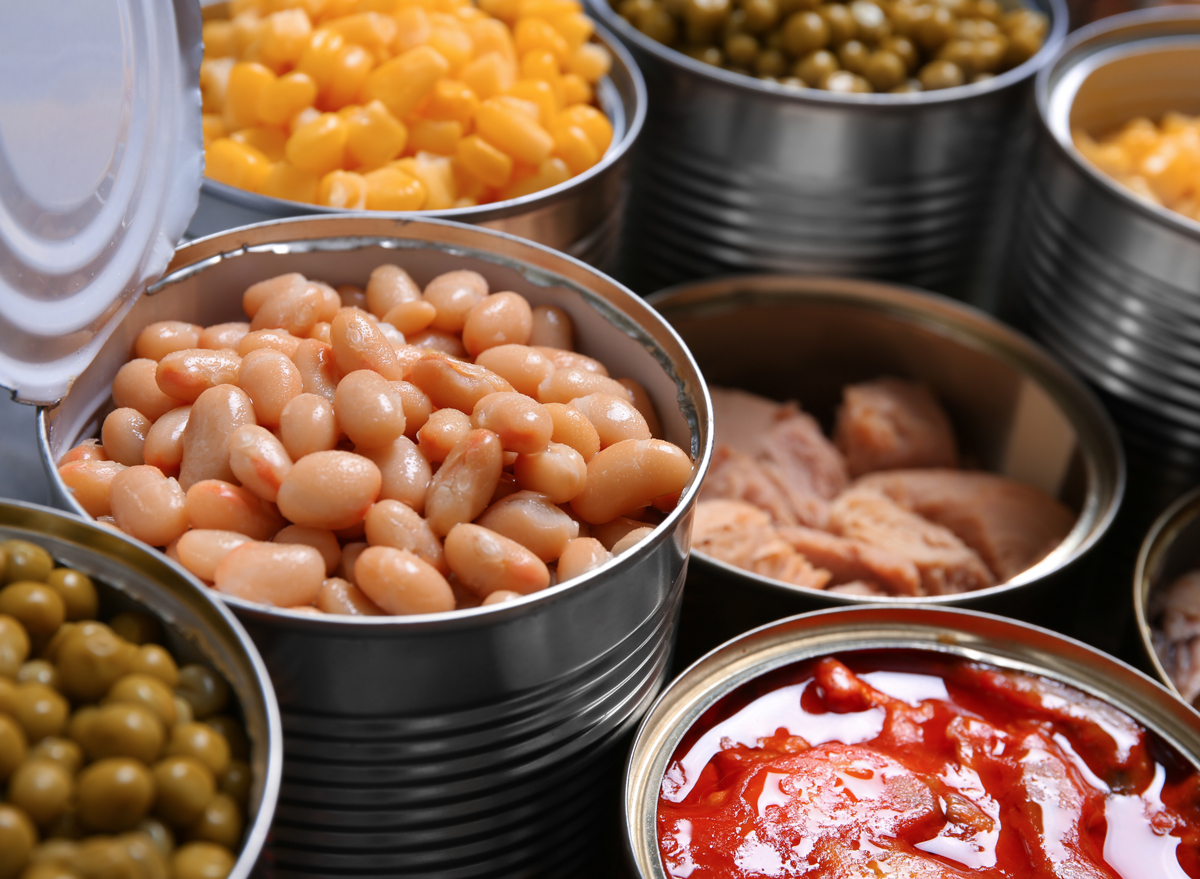These days, beginning a can of inexperienced beans for dinner is beyond the comprehension of domestic chefs who care deeply about meals. Canned pinto beans or completely peeled San Marzano tomatoes, certain; however, canned green beans? Hard skip.
But now, not long ago, there was a time when canned greens from California had been as glamorous as farmers’ market Little Gem lettuce and Early Girl tomatoes are nowadays. They represented the excellent of what California farms needed to offer. Unlike farmers’ marketplace specialties, they have been to be had to all, arriving in uniform and pleasant in every corner of the village. S . A.
The recipes created to go together with the canned and convenience ingredients, often placed next to the labels and designed to make the ingredients even more handy for home cooks, have become an important part of 20th-century American delicacies.
It seems my grandparents played a small role in that improvement. My maternal grandfather spent his profession as a plant breeder for Del Monte, specializing in inexperienced beans for canning. My grandmother was a domestic-ec teacher who did her best to determine how to prepare those inexperienced beans, attempting every recipe she may want. He became the inventor, and she the tester.

A 1917 advert inside the Saturday Evening Post promised: “California’s’ best-canned fruits and vegetables are packed below the Del Monte emblem.” It all started with the 1869 start of the transcontinental railroad, while California began growing fruits and greens for the country’s relaxation. But as everybody who has studied “Est of Eden” s aware — Steinbeck’s’ protagonist loses a fortune in a disastrous try to ship lettuce from Salinas to New York by way of rail — those vegetables needed to be preserved for transport. By 1907, a massive part of the state’s produce had been added to San Francisco, the area’s biggest cannery, and it had been popping out dinner-prepared in gleaming Del Monte cans.
When my maternal grandfather, Arthur Sprague, came again from serving in World War II, he married my grandmother, the college sweetheart he had left at the back of, and right away got a task at a Del Monte facility in San Leandro. The activity changed into a lifelong profession. My grandmother, Dorothy, can be confident that a regular delivery of canned inexperienced beans (corn, fruit cocktail, and peaches) could fill a curtained shelf of their Castro Valley garage.
After my grandfather passed away in 2006, I had lunch with one of his colleagues, former Del Monte tomato geneticist Kanti Rawal. Rawal instructed me that my grandfather had an uncanny palate for selecting the best green bean style in a can when he visited research fields.
I wonder how a whole lot of my grandmother helped with that. The evidence of her research fills the recipe packing containers I inherited after her death in 2002. Stuffed inner is considered one of them. It is a folded, complete-web page Del Monte advert with a recipe for an inexperienced bean dish. The vintage meals styling, which seems to be from the ”60s, suggests the fat, inexperienced reduced Blue Lakes slick with a sauce that applied ¼ cup Del Monte Sweet Pickle Relish a can of Del Monte Pineapple Tidbits.
I have had the incredible fortune to tour the world and pattern the food of many different cultures. While there are many nations with awesome culinary traditions, there are others that aren’t so great. I agree that American cuisine needs to make us all proud.
Allow me to begin with the hamburger. I understand it technically started in Germany, but Americans have taken this culinary pleasure to a new stage. Whether it’s miles with cheese, bacon, veggies, or any other aggregate you’ll be able to think about, the hamburger might be the most recognizable instance of American cuisine and something that, in my travels, I have determined different countries attempt to emulate.
Another instance of American cuisine that makes me particularly proud comes from my home kingdom of Texas. Chicken fried steak is a dish I have in no way visible to all of us, so we stroll far from upset. I don’t forget after I went to a restaurant in the coronary heart of London called The Embassy of Texas. I noticed that each patron was ordering the “range eight” meal, and I knew it had to be the Chicken fried steak without even searching. Sure sufficient, it became, and I ordered it myself.
One of my favored representatives of the wide and varied panorama of American delicacies is as uniquely American as the game with which it’s most usually related. The hot dog is something almost everyone takes pride in. I had pals from Italy who most effectively desired to consume hot dogs for the entire week they traveled with me inside the U.S. Lower back when I became a university student.




